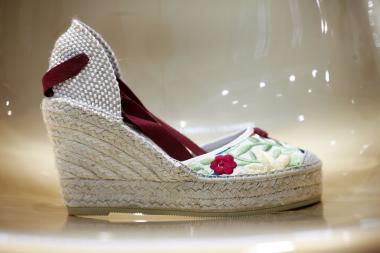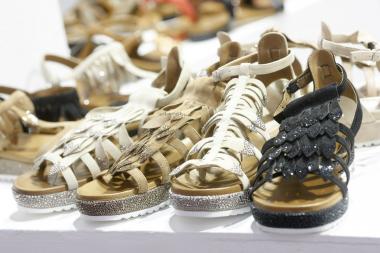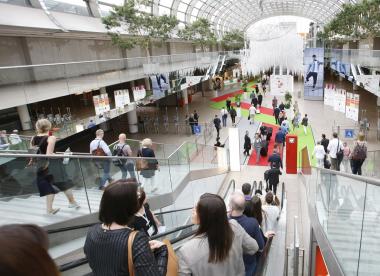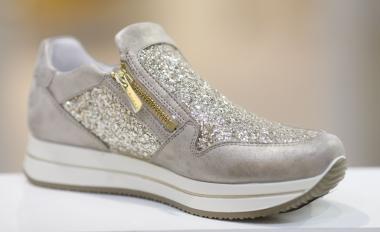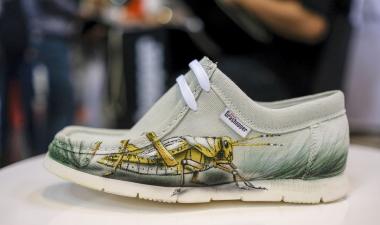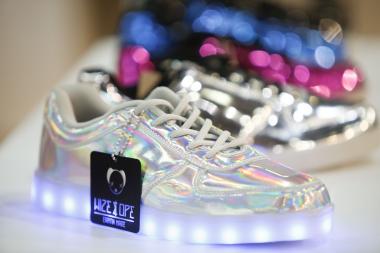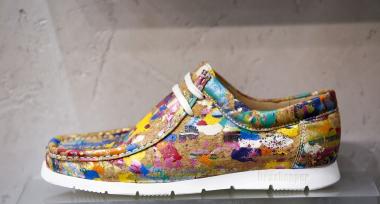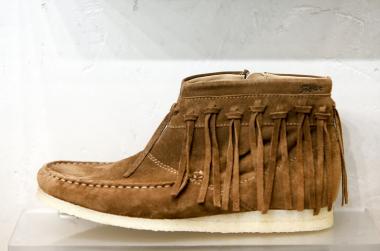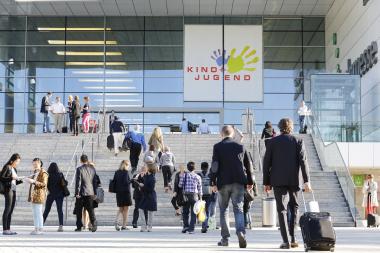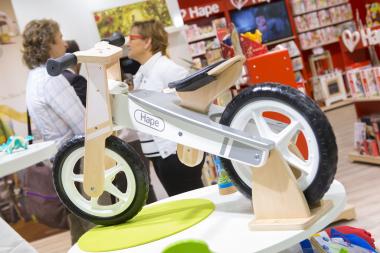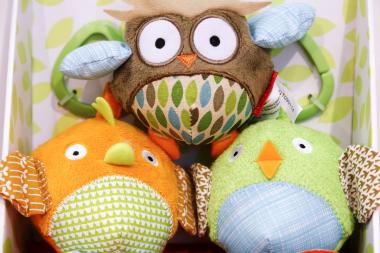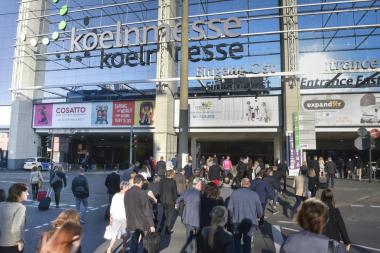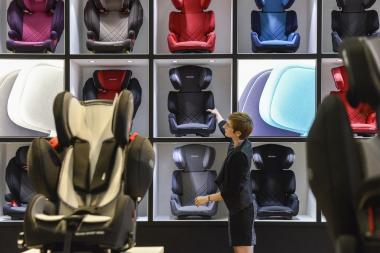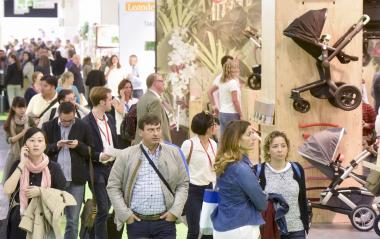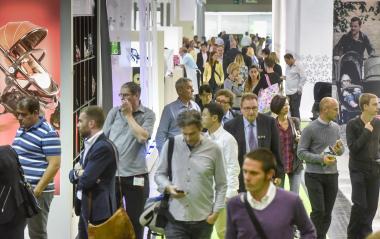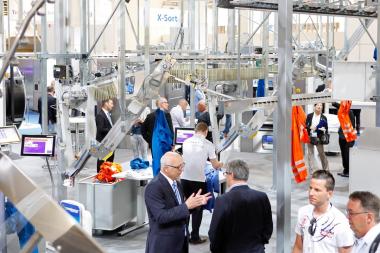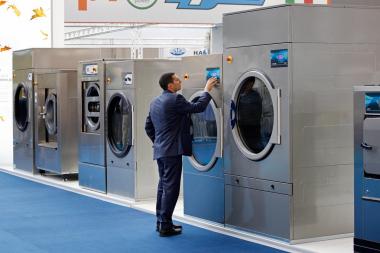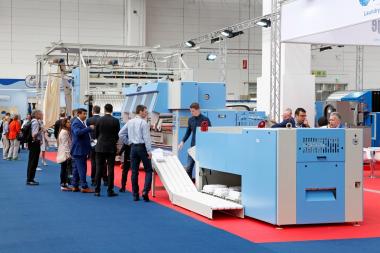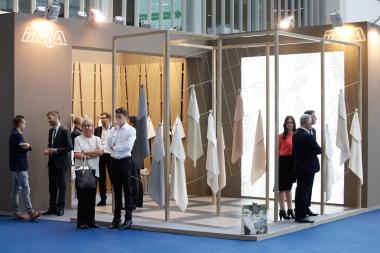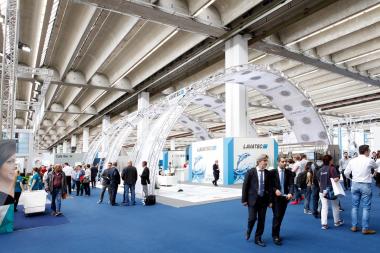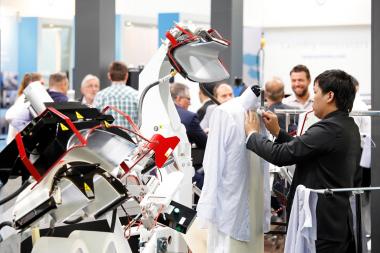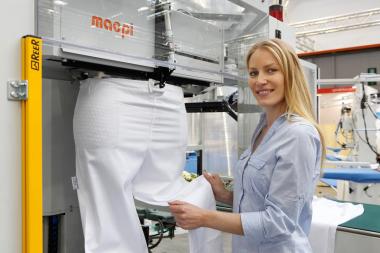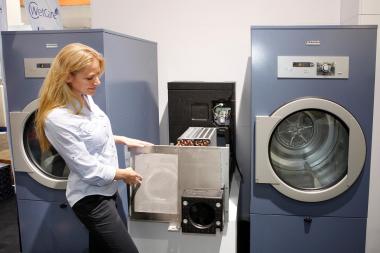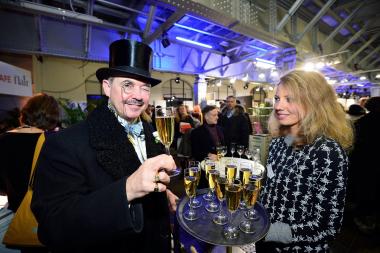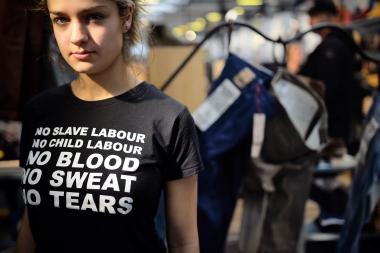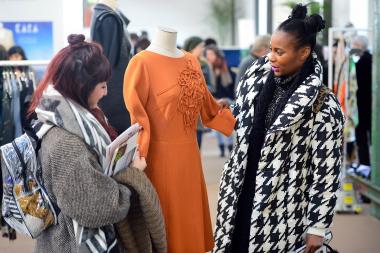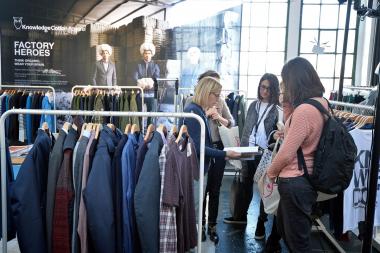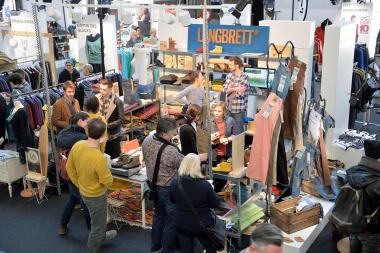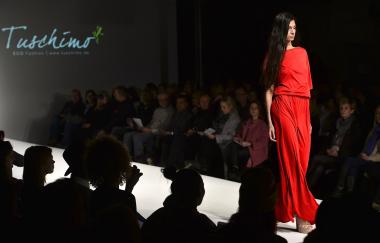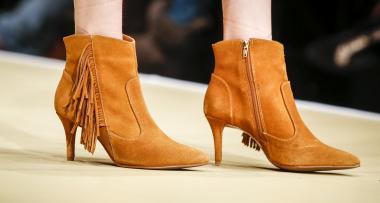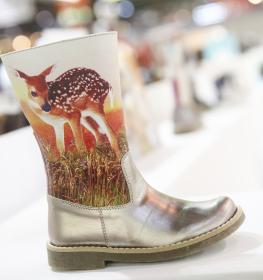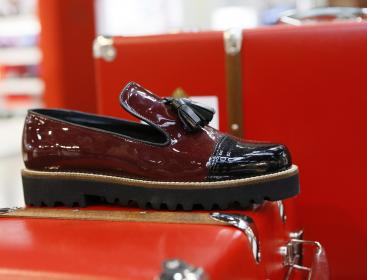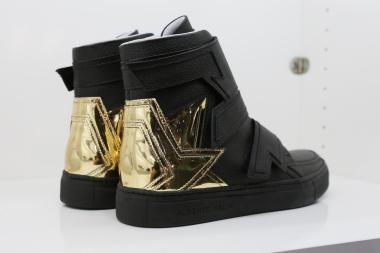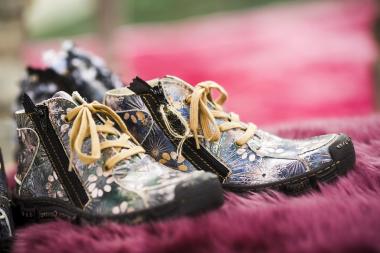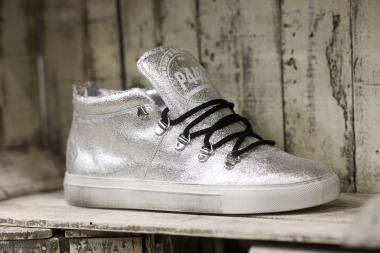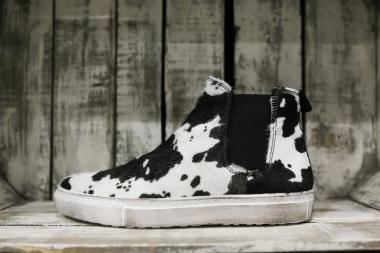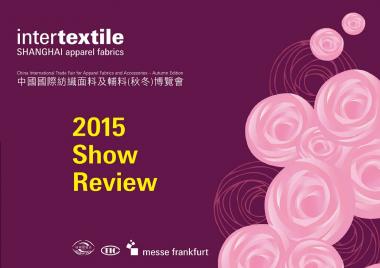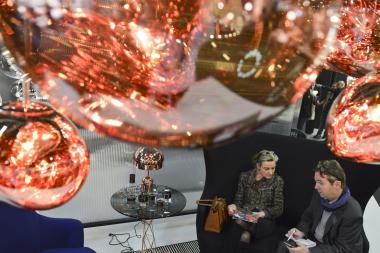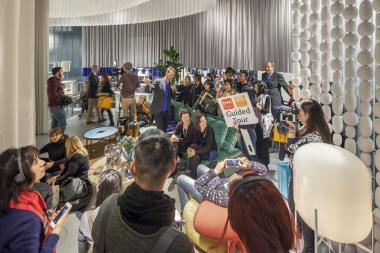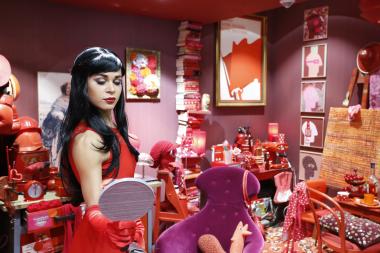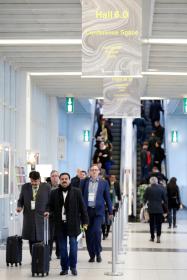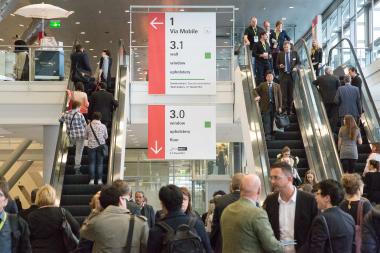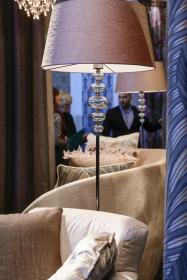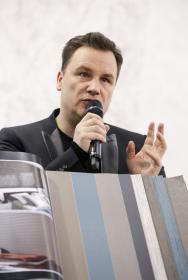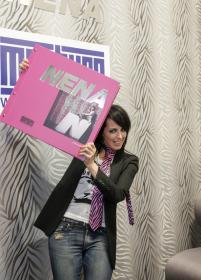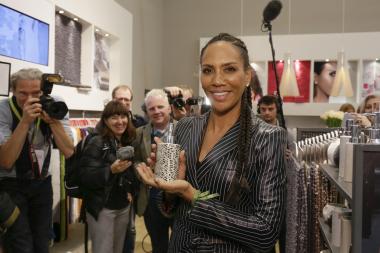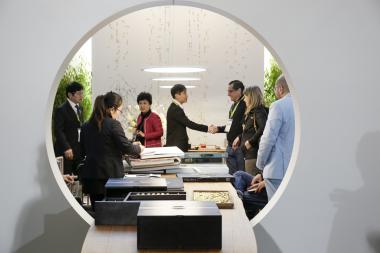STEEP CAREER FOR SNEAKERS
Sneakers remain the megatrend par excellence in spring / summer 2017. There is no boredom coming up yet. The new shoe collections present themselves varied and innovative: Safari and ethno themes are reinterpreted. Soft romantic and playful decorations set new accents. Newcomers with potential are Mules and Sabots.
While the consumer mood was positive in the first half of 2016 - the shoe retail sector unfortunately could barely benefit of it in many places. Sales in the first six months were two percent lower than last year. The weather conditions were anything but sales promotional: the last winter months were too mild, spring on the other hand was too cool. But this is just one of many causes for the sagging sales of shoe retailing. Deplored also is the loss of appeal of the inner cities and, related with this, the increasing trend of shoe purchasing in the Internet. For the stationary shoe trade this development represents a strong challenge which needs to be mastered. Hope puts the sector on the trend toward shortened trouser forms that lead more attention towards footwear. In the new season the shoe trade has to and wants to invest in target group-oriented shopping ambiance and in marketing methods to provide quality incentives. In many places the product mix has been send back to the testbed. Many traders therefore took advantage of the just ended GDS shoe fair in Dusseldorf in order to learn about the new trends for spring / summer 2017.
Sneakers continue their successful rise and belong to the generational and gender comprehensive trend shoes. The convenient slippers are now being used as footwear for the whole family, from the youngest to the elderly. This trend has often more to do with a sporty look than a sporty use, for many shoe wearer convenience has become a self-evidence. Clean and purist styled models standing next to styles of material mix: glitter, ornamental stones, mesh, metallics, reptile embossing, lasercut and neoprene come in use for the shoes. White soles are an important feature of the new sneaker.
Mules score in a new variety. In trend are toe gripers as well as mules in tube optics and wide (cross) bandages. For purchase incentives models with an anatomic formed footbed and soft uppers (like cork) should care.
Sabots, Mules and Babouch types are indispensable for the new season. The models are mostly flat and come along with slim borders. Very trendy are open toe shown mules with block heels.
Previously Espadrilles were worn only during the (beach) holiday, in the meantime these flat treads have blossomed into absolute trend-outfits. No wonder, because the new models are not only very comfortable, but super stylish also! Particularly noble shafts in a material mix like leather plus metallics come along. Trendy are also Espadrilles made out of linen, exotic printed, trimmed with stripes or sequins and pearls. Non-slipping rubber soles make the Mediterranean shoes now all-weather fit, regardless whether flat, with plateau or wedge.
Loafer with their androgynous variants like Brogue, Budapest and Monk remain important in the coming spring / summer season. It is important that the shoe is light. Filigree, unlined models made of soft suede compete with models with voluminous bottoms.
Sandals are an indispensable part of any summer collection. In addition to models with platform and wide drums are sportier variants. For innovations are sandals with block heels, T-clips and high-front cuts. Hardly to overlook are Lace-up Sandals, a mix of Roman-sandal and Ballerina.
The ethnic and safari trend remains unbroken in spring / summer. Shaft designs with colorful pompons, tassels, embroidery, pearls and braiding determine the optic. Thick, profiled soles ("Briquette plateau") or soles with "shark tooth" profiles have entered the mainstream. Ideal for women who like to “grow” a few centimeters without walking on high heels.
With the great demand for sneakers, the portion of high-tech materials is growing. Leather naturally will not be relinquished for shoes, especially not as soft nappa and suede. Very smooth and glossy surfaces are there among reptile embossing.
The color spectrum in the spring / summer 2017 is discreet. Monochrome color images produce a sustainably-quality look. From pearl gray to titanium ranges the gamut of grays. In addition there are clear, creamy tones with a touch of rosé, sandy shades and powdery-bright models.
Regardless whether as high heel or sneaker - metallic colors of "subtly iridescent" to "mega-glittery" light up many shoes. Silver, bronze and gold are not only trendy in fashion clothes, even the feet are decorated with it in the new season.


